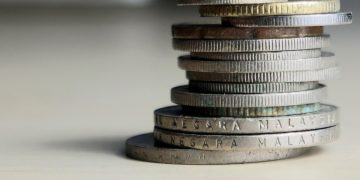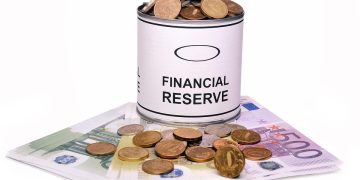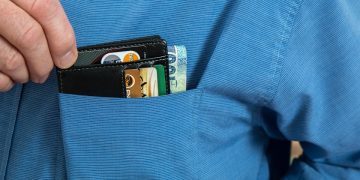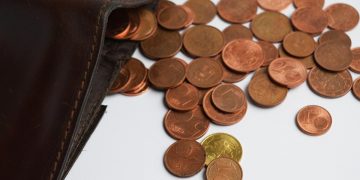Unlocking Your Financial Freedom: Maximize Your Tax Refund Today!
Are you looking to take control of your financial future and unlock your path to financial freedom? One way to jumpstart your journey is by maximizing your tax refund. By making strategic decisions and taking advantage of available deductions and credits, you can put more money back in your pocket and build a solid foundation for your financial goals. In this article, we will explore tips and strategies to help you make the most of your tax refund and set yourself up for success.
Why Maximize Your Tax Refund?
Many people view tax refunds as a bonus or a nice surprise at the end of the year. However, your tax refund is actually money that you overpaid to the government throughout the year. By maximizing your tax refund, you can essentially get back the money that is rightfully yours. This extra cash can be used to pay off debt, build an emergency fund, invest for the future, or achieve other financial goals.
Strategies to Maximize Your Tax Refund
There are several strategies you can use to maximize your tax refund and keep more money in your pocket. Here are some tips to help you make the most of tax season:
1. Take Advantage of Deductions and Credits
One of the most effective ways to increase your tax refund is to take advantage of deductions and credits that you qualify for. Deductions reduce your taxable income, while credits directly reduce the amount of tax you owe. Some common deductions and credits include the Earned Income Tax Credit, Child Tax Credit, and deductions for student loan interest and retirement contributions. Be sure to carefully review the eligibility requirements for each deduction and credit to ensure you are maximizing your refund.
2. Contribute to a Retirement Account
Contributing to a retirement account, such as a 401(k) or IRA, is not only a smart way to save for the future but can also lower your taxable income and increase your tax refund. Contributions to traditional retirement accounts are typically tax-deductible, meaning you can reduce your taxable income by the amount you contribute. This can lead to significant tax savings and a larger refund come tax time.
3. Itemize Your Deductions
While taking the standard deduction may be easier, itemizing your deductions can often result in a larger tax refund. Common itemized deductions include mortgage interest, property taxes, medical expenses, and charitable contributions. Be sure to keep detailed records of your expenses throughout the year so you can accurately claim these deductions on your tax return.
4. Consider Tax-Loss Harvesting
If you have investments that have lost value, you may be able to use tax-loss harvesting to offset capital gains and reduce your tax liability. By selling investments at a loss, you can offset gains in other areas of your portfolio and potentially lower your tax bill. This strategy can be particularly beneficial for high-income individuals or those with significant investment income.
Common Questions About Tax Refunds
As you navigate the tax refund process, you may have questions about how to maximize your refund and make the most of your money. Here are some common questions and answers to help guide you through tax season:
1. When Will I Receive My Tax Refund?
The timing of your tax refund can vary depending on how you file your return and how you choose to receive your refund. If you file your return electronically and choose direct deposit, you can typically expect to receive your refund within a few weeks. Paper returns and refund checks may take longer to process and receive. You can check the status of your refund on the IRS website using the “Where’s My Refund?” tool.
2. Can I Track My Tax Refund Status?
Yes, you can track the status of your tax refund using the IRS website. The “Where’s My Refund?” tool allows you to check the status of your refund and get an estimated date of when you can expect to receive it. You will need to provide your Social Security number, filing status, and the exact amount of your refund to access this information.
3. What Should I Do With My Tax Refund?
Once you receive your tax refund, it’s important to make strategic decisions about how to use the money. Consider using your refund to pay off high-interest debt, build an emergency fund, invest for the future, or make a significant purchase. By using your refund wisely, you can set yourself up for financial success and achieve your long-term goals.
Conclusion
Maximizing your tax refund is a key step in unlocking your financial freedom and taking control of your financial future. By implementing strategic tax planning strategies and making smart decisions with your refund, you can put yourself on the path to achieving your financial goals and building a secure financial foundation. Remember to take advantage of available deductions and credits, contribute to retirement accounts, and carefully track your expenses to increase your tax refund and keep more money in your pocket. With careful planning and financial discipline, you can make the most of tax season and set yourself up for success.
Remember, your tax refund is an opportunity to make meaningful progress towards your financial goals and secure your financial future. By maximizing your refund and using the money wisely, you can take control of your finances and unlock your path to financial freedom. Start planning for tax season now and take advantage of available deductions and credits to maximize your refund today!


























































